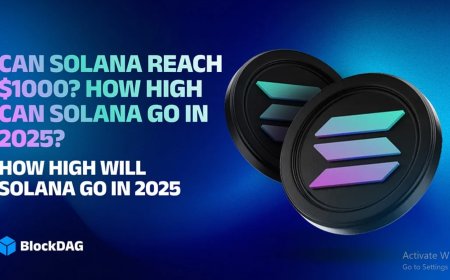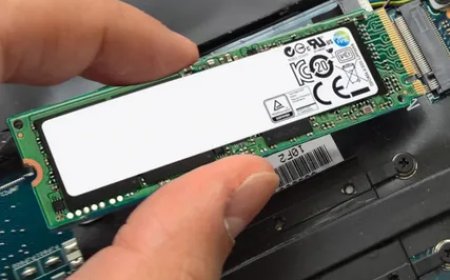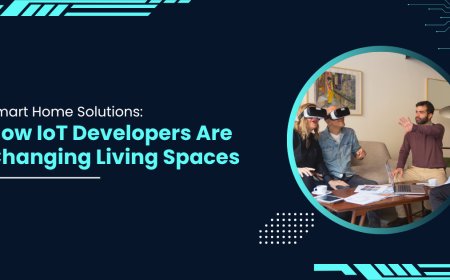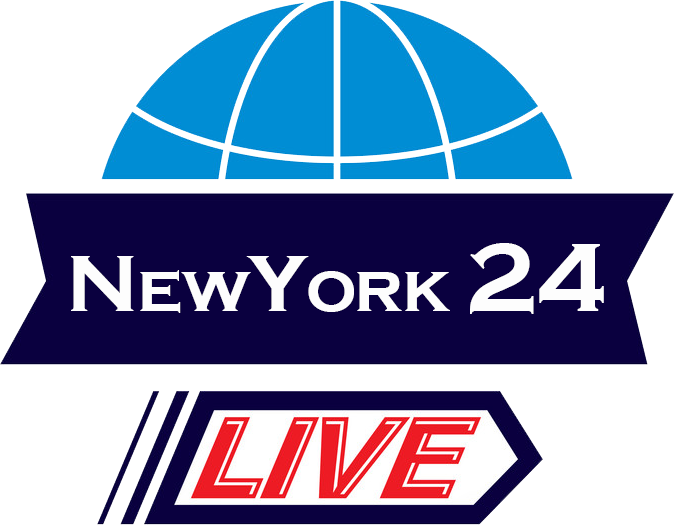Smart Home Solutions: How IoT Developers Are Changing Living Spaces
Smart Home IoT Developers enhance living spaces with automation, remote control, and connected devices for better comfort and security.
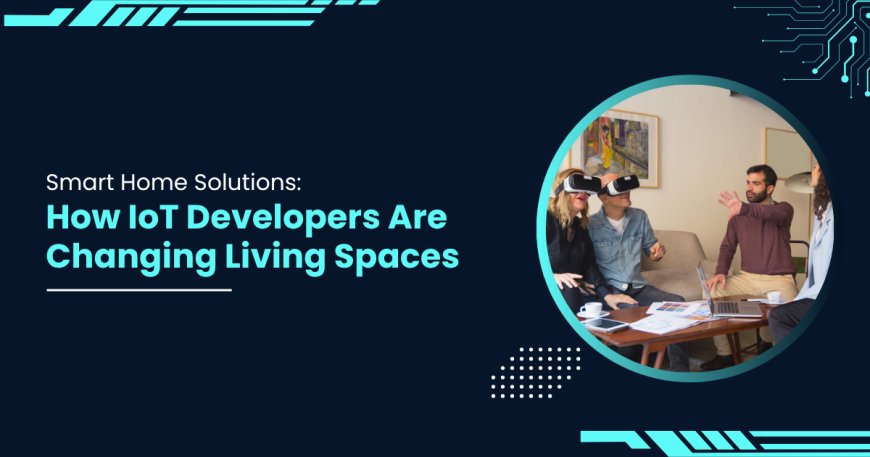
The rise of smart homes has changed how people interact with their living spaces. Smart lighting, thermostats, security systems, and voice assistants are now common in many homes. According to Statista, the global smart home market was valued at $140 billion in 2024 and is expected to exceed $230 billion by 2028, driven by growing demand for connected devices. At the core of this change is the Internet of Things (IoT). IoT developers are using their skills to build applications that connect devices and offer real-time control, data, and automation.
An IoT Application Development Company plays a key role in this progress. These companies create smart solutions that are reliable, secure, and scalable. Research by MarketsandMarkets shows that the IoT application development services market is growing at a CAGR of 18.6%, with major demand in home automation.
Overview of Smart Home Solutions
The rapid evolution of technology has dramatically reshaped the way we live, and one of the most significant transformations is the rise of smart homes. Smart home solutions, powered by the Internet of Things (IoT), enable homeowners to control and automate various systems and devices within their living spaces. From lights and thermostats to security cameras and kitchen appliances, smart home technology integrates everyday devices into a cohesive, connected network that can be remotely managed and optimized.
The driving force behind these innovations is the IoT, which allows disparate devices to communicate, share data, and make intelligent decisions based on real-time information. IoT developers play a central role in creating the infrastructure and applications that power these connected living spaces. In this article, we will explore how IoT developers are changing modern living through innovative smart home solutions.
Role of IoT in Modern Living
IoT has transformed modern living by introducing convenience, energy efficiency, and security to everyday life. By embedding sensors and connectivity into household devices, IoT allows homeowners to manage their living spaces remotely via smartphones, voice assistants, and other smart devices. Whether adjusting the thermostat while on vacation, controlling lighting remotely, or ensuring the security of the home through smart surveillance systems, IoT is reshaping how we interact with our environments.
As more homes adopt connected devices, IoT has become a central element of modern living. It not only enhances the quality of life but also lays the foundation for future innovations, such as predictive maintenance, automated energy management, and even integration with smart cities.
What Is a Smart Home?
A smart home refers to a living space equipped with devices that can be controlled remotely or automatically through the internet. These devices often communicate with each other to offer seamless integration, creating a cohesive, intelligent environment. The basic components of a smart home include:
-
Smart Devices: Connected devices such as lights, thermostats, security cameras, and appliances that can be remotely controlled or automated.
-
Connectivity: A network that links devices together. This can include Wi-Fi, Bluetooth, Zigbee, or other communication protocols.
-
Control Interfaces: Devices like smartphones, tablets, and voice assistants (e.g., Amazon Alexa or Google Home) through which users can control and monitor their smart home systems.
These components work in tandem to enhance convenience, improve security, and optimize energy usage within the home.
Common Devices in Smart Homes
Some of the most common devices found in smart homes include:
-
Smart Thermostats: Devices that learn household habits and adjust temperature settings accordingly to optimize comfort and energy usage.
-
Smart Lighting: Lights that can be controlled remotely or programmed to adjust based on time of day, motion, or other factors.
-
Smart Locks and Security Systems: Locks, cameras, and motion sensors that offer increased security through remote monitoring and automated responses.
-
Smart Appliances: Refrigerators, washing machines, and ovens that are integrated with IoT technology for remote control, status updates, and automation.
These devices work together to create a connected, efficient, and secure home environment.
Growth of Smart Home Technology
1. Market Size and Global Trends
The smart home market is growing rapidly. According to a report by Statista, the global smart home market is expected to reach $53 billion by 2025, driven by advancements in IoT technology and an increasing demand for home automation. Factors such as improving internet infrastructure, declining device costs, and the growing adoption of smartphones and voice-controlled assistants are fueling this growth.
In addition to residential homes, smart home technology is increasingly being integrated into multi-family housing, commercial spaces, and public infrastructure. As IoT technology becomes more accessible, it is expected that smart homes will continue to evolve, with new use cases emerging, such as home health monitoring and AI-driven home management.
2. Rise in Consumer Demand
The rise in consumer demand for smart home solutions can be attributed to several key factors:
-
Convenience: The ability to control devices remotely and automate tasks saves time and effort.
-
Energy Efficiency: Smart thermostats, lighting systems, and appliances help reduce energy consumption, resulting in lower utility bills.
-
Security: With integrated smart surveillance systems and locks, homeowners can monitor their property remotely, increasing safety and peace of mind.
-
Health and Wellness: Devices such as smart air purifiers, sleep trackers, and health monitoring systems are becoming more prevalent in smart homes, supporting a healthier lifestyle.
The Role of an IoT Application Development Company
Who Are IoT Developers?
An IoT application development company specializes in creating software and systems that enable devices to connect, communicate, and perform automated tasks. These developers focus on building applications that facilitate data collection, processing, and analysis from IoT-enabled devices. Their role is crucial in designing the smart home ecosystem that brings together sensors, cloud computing, and user interfaces.
IoT developers work closely with hardware engineers, data scientists, and designers to ensure that smart devices are functional, secure, and easy to use. They also create solutions that allow smart home devices to interact seamlessly with each other, offering enhanced user experiences and capabilities.
Services Provided by IoT Application Development Companies
IoT application development companies offer a variety of services tailored to the needs of the smart home market, including:
-
Smart Device Integration: Developing software that allows different IoT devices to communicate and work together efficiently.
-
Mobile Application Development: Creating apps that allow users to control and monitor smart home devices from their smartphones and tablets.
-
Cloud-Based Solutions: Building cloud infrastructure to store data from connected devices and enable remote access and control.
-
Data Analytics and Visualization: Providing insights into energy usage, device performance, and other metrics through advanced data analysis and visualization tools.
-
Voice Integration: Enabling voice-controlled devices through integrations with platforms like Amazon Alexa, Google Assistant, or Apple Siri.
-
Security Solutions: Implementing encryption, authentication, and other security measures to protect smart home devices and user data.
Importance of Customized Solutions
One of the key advantages of working with an IoT application development company is the ability to develop customized smart home solutions tailored to specific needs. Not all homes are the same, and each family has unique preferences when it comes to convenience, security, and energy management. IoT developers work with homeowners and businesses to design smart home ecosystems that meet these specific requirements, ensuring a more personalized and efficient solution.
Core Technologies Behind Smart Homes
1. Wireless Communication (Wi-Fi, Zigbee, Bluetooth)
Communication is at the heart of smart home technology. Devices rely on various wireless communication protocols, such as Wi-Fi, Bluetooth, and Zigbee, to connect with each other and the internet. Wi-Fi is often used for high-bandwidth applications like streaming or video calls, while Zigbee and Bluetooth are typically used for low-power devices that require simple, short-range connections.
2. Sensors and Actuators
Sensors detect changes in the environment, such as temperature, motion, or light, while actuators perform actions based on this data, such as adjusting the thermostat or turning on the lights. These devices work together to automate processes in the home.
3. Cloud Computing and Edge Processing
Cloud computing enables smart home devices to store and process data remotely, allowing for real-time analysis and control. However, as more devices are connected to the internet, there is a growing trend toward edge processing, which allows for faster data processing closer to the source (i.e., at the device level) to reduce latency and improve responsiveness.
4. AI and Machine Learning Integration
Artificial intelligence (AI) and machine learning (ML) play a critical role in making smart homes truly intelligent. By learning user habits and preferences, AI can automate systems like heating, lighting, and security, ensuring that the home adapts to the user's lifestyle. For example, an AI-powered thermostat can learn when a user is typically at home or away and adjust temperatures accordingly, improving both comfort and energy efficiency.
IoT Application Development Services in Smart Homes
1. Home Automation App Development
IoT application development companies create custom home automation apps that serve as the control hub for all connected devices. These apps allow homeowners to manage their smart home ecosystem from anywhere in the world. Features typically include device control, scheduling, notifications, and automation routines.
2. Voice Control and Integration with Alexa/Google Home
Voice-controlled systems are becoming a central part of the smart home experience. IoT developers integrate voice assistants like Amazon Alexa and Google Assistant with smart home devices, allowing users to control everything from lighting to security cameras with simple voice commands.
3. Data Security and Encryption
Given the sensitive nature of data in smart homes, security is paramount. IoT developers implement robust encryption protocols and authentication systems to ensure that user data is secure from unauthorized access.
4. Device Interoperability and Remote Control
A key challenge in smart home development is ensuring that different devices, often from different manufacturers, can work together seamlessly. IoT application development companies focus on creating solutions that enable interoperability, ensuring that all devices in the home can be controlled from a single platform, even if they use different communication protocols.
Use Cases and Real-Life Examples
1. Smart Lighting Systems
Smart lighting allows homeowners to control lights remotely, set schedules, and create ambiance through color changes. For instance, smart bulbs can be programmed to dim automatically at night or turn on when motion is detected.
2. Intelligent Thermostats
Intelligent thermostats like Nest or Ecobee learn user behavior and adjust temperature settings accordingly, saving energy and enhancing comfort.
3. Smart Surveillance and Home Security
IoT-enabled security cameras and motion detectors offer real-time surveillance and alerts, allowing users to monitor their home from their smartphones.
4. Energy Management Solutions
Smart meters and energy-efficient appliances help homeowners track and reduce their energy consumption, leading to lower utility bills.
5. Health and Elderly Care Systems
Smart home solutions are being increasingly integrated into health and elderly care systems. Devices that monitor vital signs, detect falls, and provide emergency alerts help seniors live independently and safely.
Benefits of Smart Home IoT Solutions
1. Energy Efficiency
By optimizing heating, lighting, and appliances, smart home technology can reduce energy consumption, resulting in lower utility bills and a smaller environmental footprint.
2. Improved Safety
Smart security systems, including cameras, alarms, and motion sensors, enhance home safety by providing remote monitoring and real-time alerts.
3. Convenience and Comfort
Automated systems and remote control of devices make everyday tasks more convenient, enhancing comfort and lifestyle.
4. Cost-Saving Over Time
Though initial setup costs may be higher, smart homes can save homeowners money in the long run through energy efficiency, lower utility bills, and optimized appliance use.
Challenges in IoT Smart Home Development
1. Data Privacy and Security
As smart homes collect vast amounts of personal data, ensuring data privacy and security is crucial. IoT developers must implement strong security protocols to protect user data from breaches.
2. Network Reliability
Smart homes depend on a stable and reliable internet connection. Network interruptions can lead to device malfunctions, disrupting the entire system.
3. Device Compatibility
With a growing number of IoT devices in the market, ensuring that all devices are compatible with each other and the central platform can be a challenge.
4. User Adoption and Complexity
Despite their many benefits, some users find smart home technology complex and difficult to set up. User-friendly interfaces and simplified installation processes are critical to encouraging wider adoption.
How IoT Application Development Services Address These Challenges
1. Building Secure Frameworks
IoT developers build secure frameworks that include end-to-end encryption, secure authentication, and privacy-focused policies to protect user data.
2. Scalable Architecture Design
To address growing device networks, IoT developers create scalable architectures that can accommodate future device integrations and increased data flow.
3. User-Friendly Mobile Interfaces
Intuitive mobile apps with simple interfaces are essential for making smart home technology accessible to all users, regardless of technical expertise.
4. Testing and Maintenance Strategies
IoT developers ensure that smart home systems undergo rigorous testing to detect bugs and vulnerabilities before deployment. Ongoing maintenance and updates are also crucial to ensure that systems remain functional and secure.
Future Trends in Smart Home IoT
1. Predictive Maintenance Using AI
AI will play a larger role in predicting and addressing device failures before they happen, reducing downtime and improving system reliability.
2. Integration with 5G Networks
The 5G network will enhance smart home solutions by providing faster, more reliable internet speeds, enabling real-time communication between devices.
3. Use of AR/VR for Smart Home Control
Augmented Reality (AR) and Virtual Reality (VR) will offer new ways to control and monitor smart homes, providing immersive interfaces for users.
4. Edge AI and Localized Decision-Making
Edge AI will enable devices to make intelligent decisions locally, reducing latency and improving responsiveness in real-time applications.
Conclusion
Smart home IoT solutions are revolutionizing the way we live, offering increased convenience, energy efficiency, and safety. IoT application development companies are at the forefront of this transformation, creating customized, secure, and scalable solutions that integrate multiple devices into a cohesive smart ecosystem.
By leveraging technologies such as AI, cloud computing, and edge processing, IoT developers are helping to create homes that not only respond to our needs but anticipate them. As the market continues to grow, IoT application development services will remain a driving force in shaping the future of smart living. Whether it's through energy management, security, or healthcare, the role of IoT developers is pivotal in turning our homes into intelligent, connected environments.







